Carte Blanched
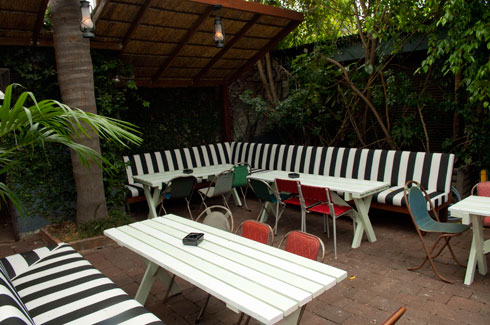
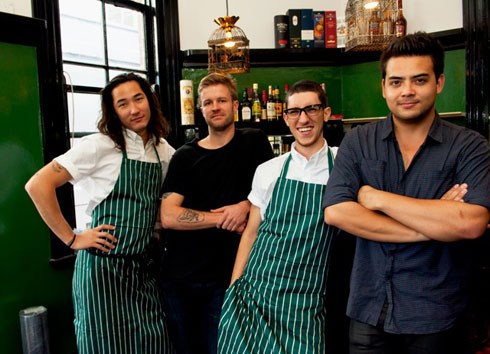
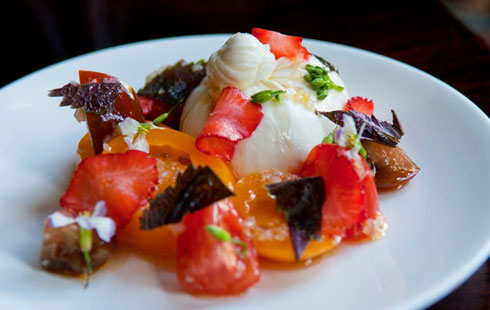
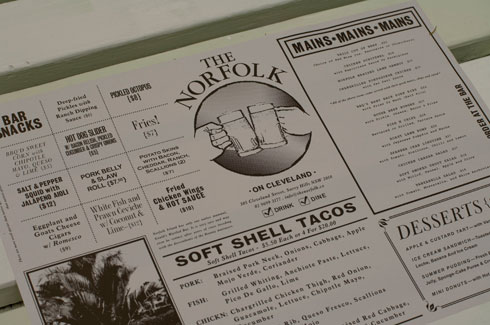
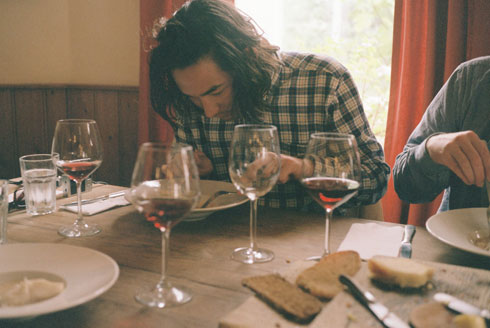
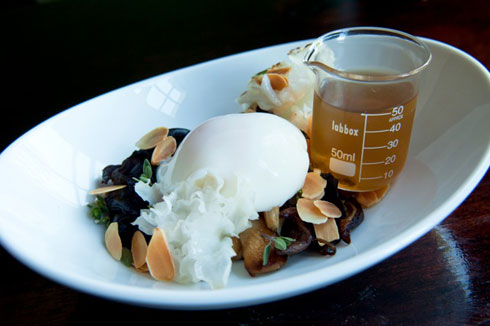
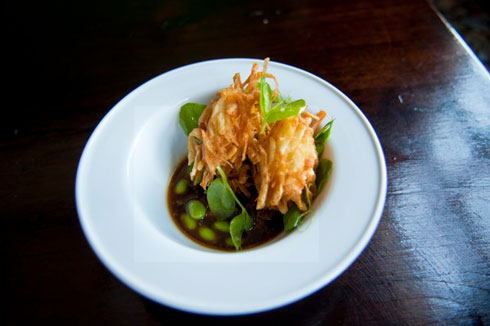 Text: Alex Whyte Images: Tom Lim, Duke Bistro & The Norfolk
Text: Alex Whyte Images: Tom Lim, Duke Bistro & The Norfolk
With only a couple of years spent in professional kitchens, and at just 25, Thomas Lim is both co-chef at much-praised restaurant Duke – with former Sydney Morning Herald Good Food Guide Young Chef of the Year Mitchell Orr – and responsible for the most edible pub menu in the city at The Norfolk. I caught up with him in an unusually quiet Duke dining room to figure out quite how it happened.
Growing up in Western Australia, Lim was exposed to restaurants from the get-go through his uncle’s popular Northbridge Chinese restaurant Choi’s Inn. On finishing school, he took a summer job at Fremantle’s most famous chipper, Cicerellos. Perhaps it was those soggy chips or the bleached, toothy grins of the moneyed customers which hinted that the culinary badlands of Perth were not going to suffice, as by the time Lim reached his twenties he had packed up shop to study at The Intercontinental’s Hotel School in Sydney.
Shortly after finishing his studies, Lim scored an apprenticeship at the world-renowned Tetsuya’s. Fifteen hour days were made tolerable by exposure to an unfathomable bounty of produce, and the opportunity to work among an absurdly talented group of chefs – including Martin Benn (Sepia), Darren Robertson (The Table Sessions), Phil Wood (Rockpool), Luke Powell (Tetsuya’s), and Dan Hong (Lotus and Ms G’s) – along with Tetsuya himself.
Cooking seemed to fall by the wayside for a short while after Lim left Tetsuya’s. However, at some point, friends were invited around for dinner again and before long this evolved into what he describes as “a project between myself and my housemates called The Duxford, a private dining club of sorts”.
A blog was set up to document the meals, a heap of private gigs started coming in and Lim begun helping out his old Head Chef from Tetsuya’s, Darren Robertson, with the odd project. Seemingly out of nowhere, a role as Head Chef at a yet-to-be-named restaurant above The Flinders popped up but the moment caught Lim off-guard. As a close friend of several of the restaurant’s owners, the fear of letting them down led to him initially turning down the job. Why? “Because I thought, ‘I can’t do this,’ I had never run a kitchen before in my life”.
After chatting to some fellow chefs, Lim realized that “you only get a certain number of such possibilities”. He accepted the role and through gift of gab went about poaching and gathering a team that now includes Mitchell Orr, close friend and go-to wine guy Joel Amos, drinks-whiz Charles Ainsbury and arguably Sydney’s hardest-working front-of-house Kylie Javier – a gifted group of people that Tom says he would have been “screwed without”.
The task then became to ensure that Duke maintained a distinct identity from the oft-raucous haunt it sits above. As Lim politely puts it, “if you go downstairs on a Friday night, the clientele down there would not be likely to come upstairs and eat, and vice versa”. It must have worked, as within a few months of opening the restaurant had received favourable reviews in all the requisite rags and remains full night after night.
In dubbing the food at Duke ‘dude food,’ Gourmet Traveller critic Pat Nourse nailed the post-Momofuku assurance that young chefs now seem to have in putting together a menu of stuff that they and their friends enjoy eating. I have heard others dub it ‘stoner food,’ a tag Lim is somewhat reluctant to accept. “I wouldn’t say the food we are doing is ‘stoner food,’ but the process is perhaps influenced by it, in that, while thoughtful, it can seem thoughtless. There are combinations that you would not expect and every ingredient can be anything. We do not discriminate between, say, using strawberry in a savoury dish and using tomato in a sweet dish.”
In the wrong hands such a seemingly haphazard approach could lead to disaster, but more often than not the food at Duke relies on subtle additions to familiar groups of flavours. Case in point: the boys wanted to put a prawn cocktail on the menu, but every faux-bistro, steakhouse and throwback joint in the country has one. So they took that flabby coral sauce and traded it for a slick, pitch-black one. Whilst Crystal Bay prawns with squid ink and strawberry cocktail sauce, seaweed and pretzel crumbs might sound a wee bit loony, they’ve merely taken the fruit-acid balance that made the original a classic through a colourful, ozone-filled trip.
This liberated approach to the construction of dishes also means that, like acknowledged influence David Chang of New York’s Momofuku restaurants, Lim does not feel obliged to make everything from scratch and is happy to use store-bought, everyday pantry products in the restaurant. “Sometimes there is no need,” he says. “Take something like Sriracha hot sauce – it is a perfect product, so I don’t see any problem in using it as long as you believe it.”
So aside from Chang, where does the inspiration for this free-form creativity in the kitchen come from? “I don’t really get motivated by specific chefs,” Lim says. “Sure I love people like [Chang], Michel Bras and Steven Harris, but I am inspired more so by different cuisines and their methods. Take the whole Tex-Mex thing in America, I’ll use ideas from that and mould them into the techniques we practice at Duke.”
Before opening Duke in November last year, Lim took a lengthy research trip around Europe. When asked to nominate the highlights, he rattles off a cross-section of joints that includes life-affirming marathons at locavore spots like Copenhagen’s Noma and The Sportsman in the UK, simple seafood cooked al la plancha at Rafa’s in Roses, Spain, and the gargouillou at Bras in middle-of-nowhere France, and Barcelona’s smoky, sardine-strewn den La Cova Fumada. It’s a varied list, so why those places? “Because, as well as the food, it’s all about feeling comfortable – you can wear what you want, you don’t feel like you need to sit upright, it’s not stiff – and it is important that you feel like that as soon as you walk into a restaurant.”
With no tablecloths on the table and what seems like carte blanche in the kitchen, what curbs the creativity of today’s young chef? Perhaps unsurprisingly, he cites costs. “I’d love to put things like scampi and other shellfish on the menu but they would blow out costing way too much. I just don’t think many of our clients would be willing to spend $60 on a tasting plate when the rest are $20. It just isn’t fair to them.”
Paris has been taken over by the bistronomy of places like Le Chateubriand and cave a mangers such as La Verre Vole, offering great food in dive-like spaces. In Los Angeles, people hunt down haute food trucks and gather for rowdy urban picnics at the cutlery-less A-Frame. Over in New York, they go see the bearded folk at Roberta’s in Bushwick, Brooklyn, for their fill of pizza, offal and craft ales in what could be a squat. Good food has been stripped of the pomp and poker-faces which for so long came with it and young chefs are now sending out plates that speak of themselves, their friends and their city. A new take on terroir perhaps, and – in the harbour city at least – Thomas Lim and his mates are leading the way.
Tom Lim’s food can be eaten at The Norfolk, 305 Cleveland Street
Redfern and Duke Bistro above The Flinders, 65 Flinders St. Darlinghurst
Sydney.
Next story: Enjoy The Silence – Depeche Mode



